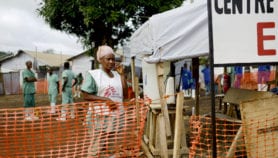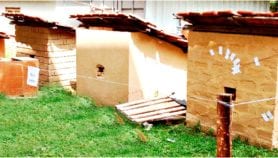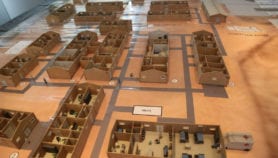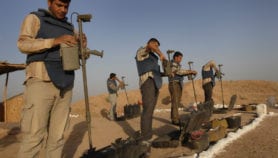27/01/16
How architects reimagine urban design after disasters
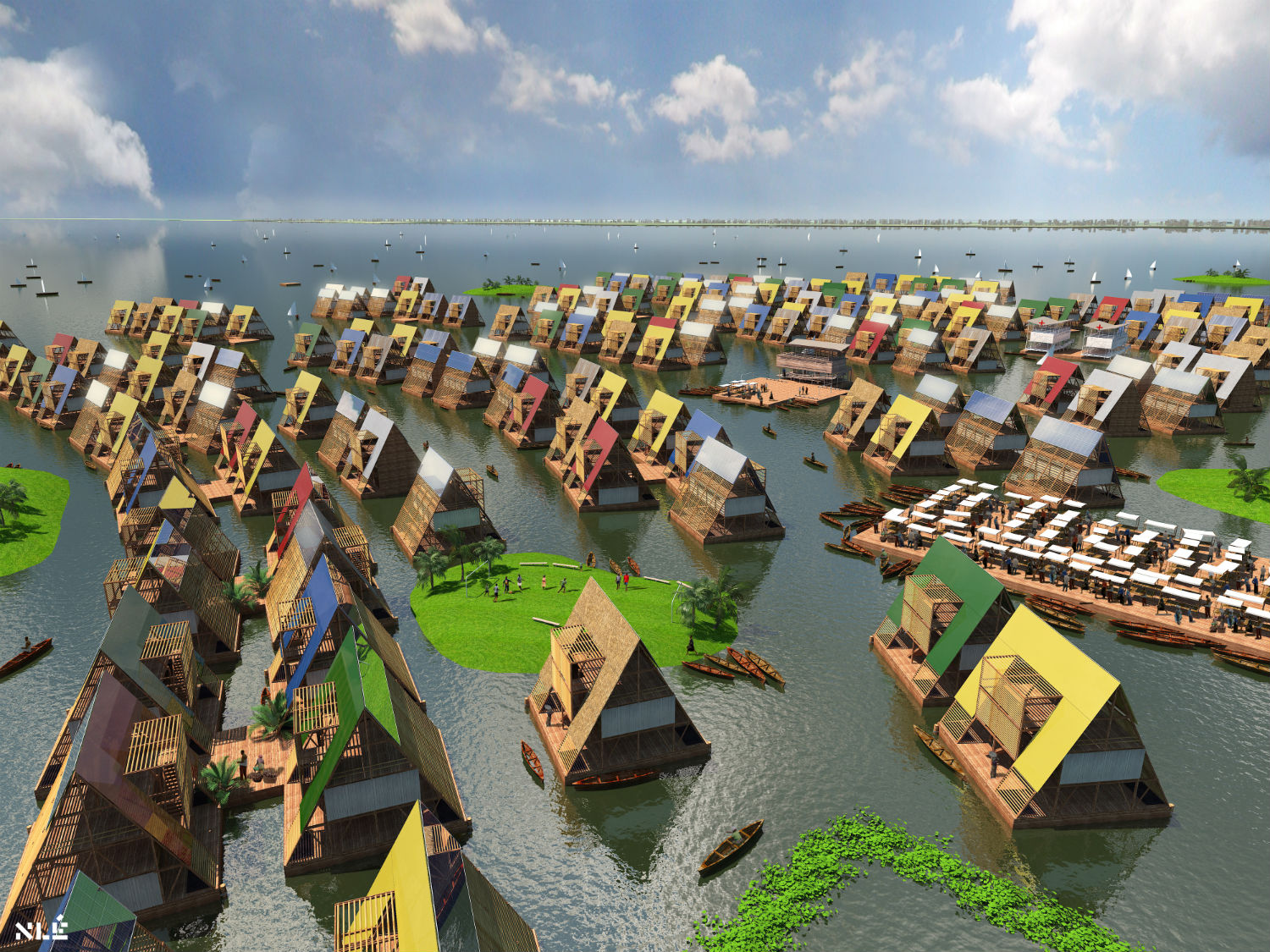
In Nigeria, the impacts of climate change combine with soil erosion, deforestation and subsidence to make flooding a growing problem. In 2012, floods displaced 2.1 million people. Architecture firm NLE has been working with the residents of a 100,000-strong waterside slum district in Lagos to create floating homes in a lagoon
NLE
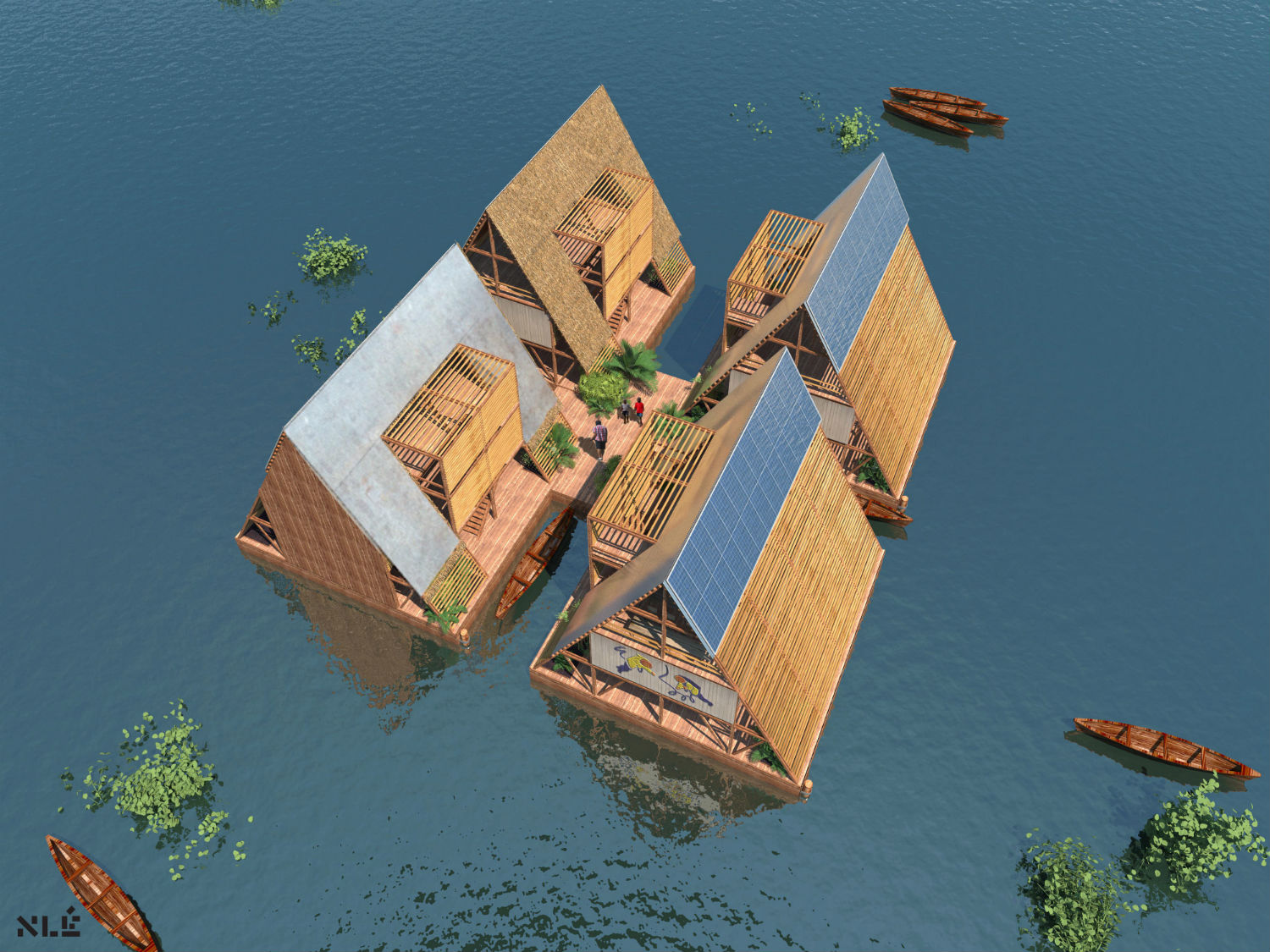


Designs for floating homes in Lagos, Nigeria. The structures are designed from local wood and have solar panels to make them energy self-sufficient. The dwellings are designed to move with the tide, working in harmony with nature rather than against it
NLE
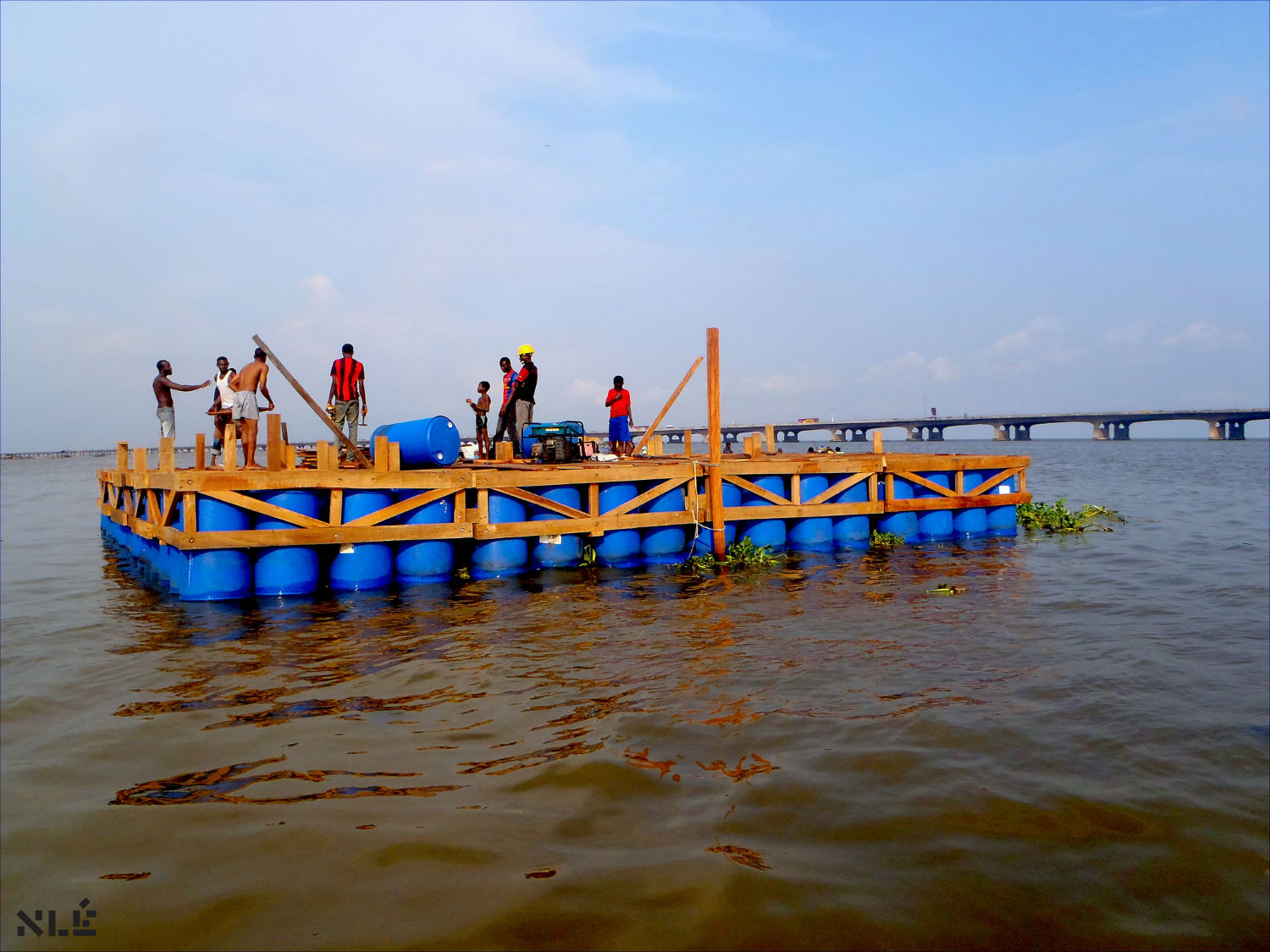


Construction begins for the Makoko floating school in Lagos, Nigeria. The design draws on local building styles and knowledge: local people have been involved from the start of the design process. Floating homes and schools can help people stay in their ancestral neighbourhoods rather than be relocated
NLE
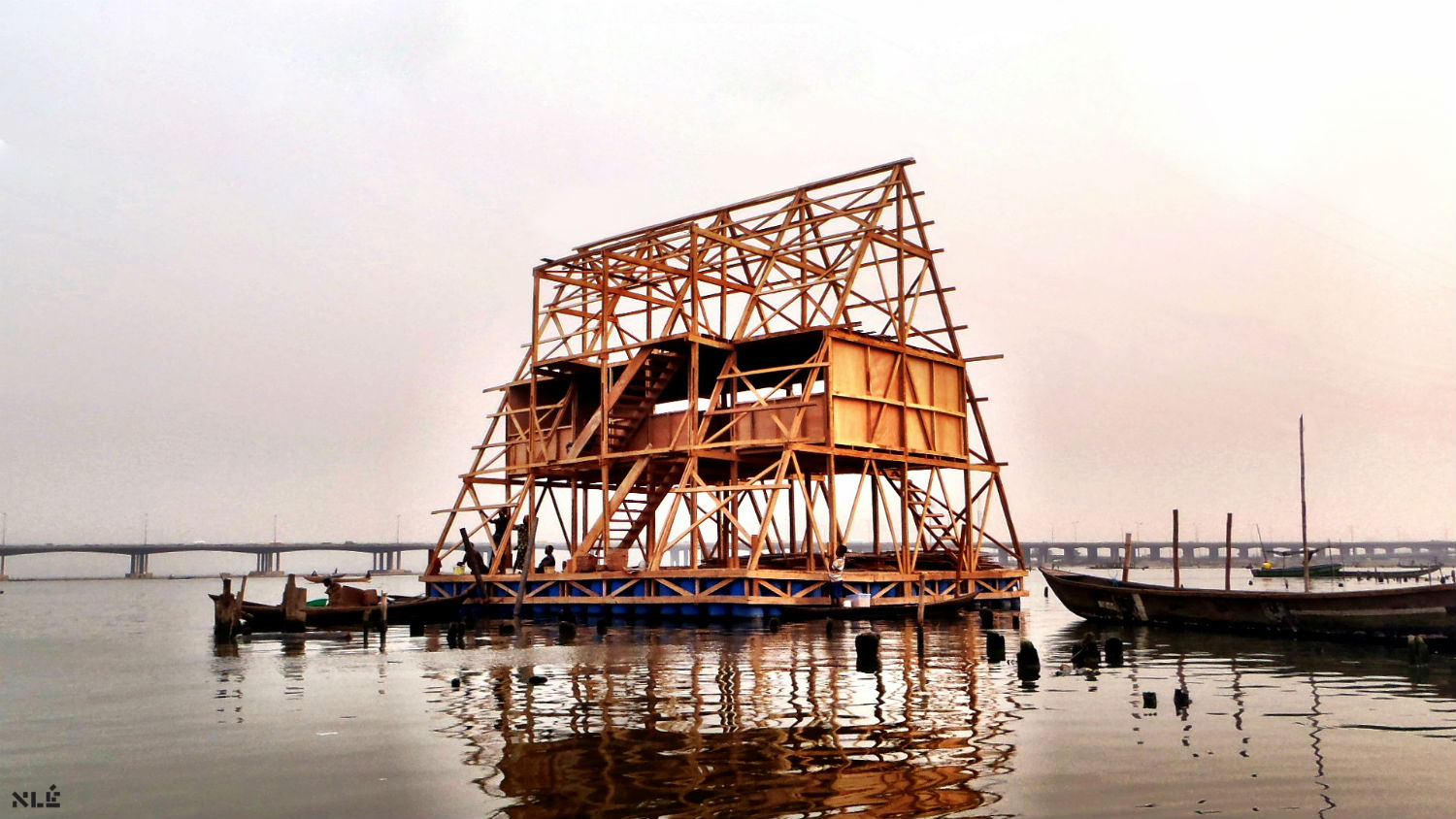


Makoko floating school, here seen mid-build. The triangular structure creates a low centre of gravity, meaning it can accommodate three storeys and 100 people without becoming unstable. It is built from local bamboo and offcuts from a local sawmill
NLE
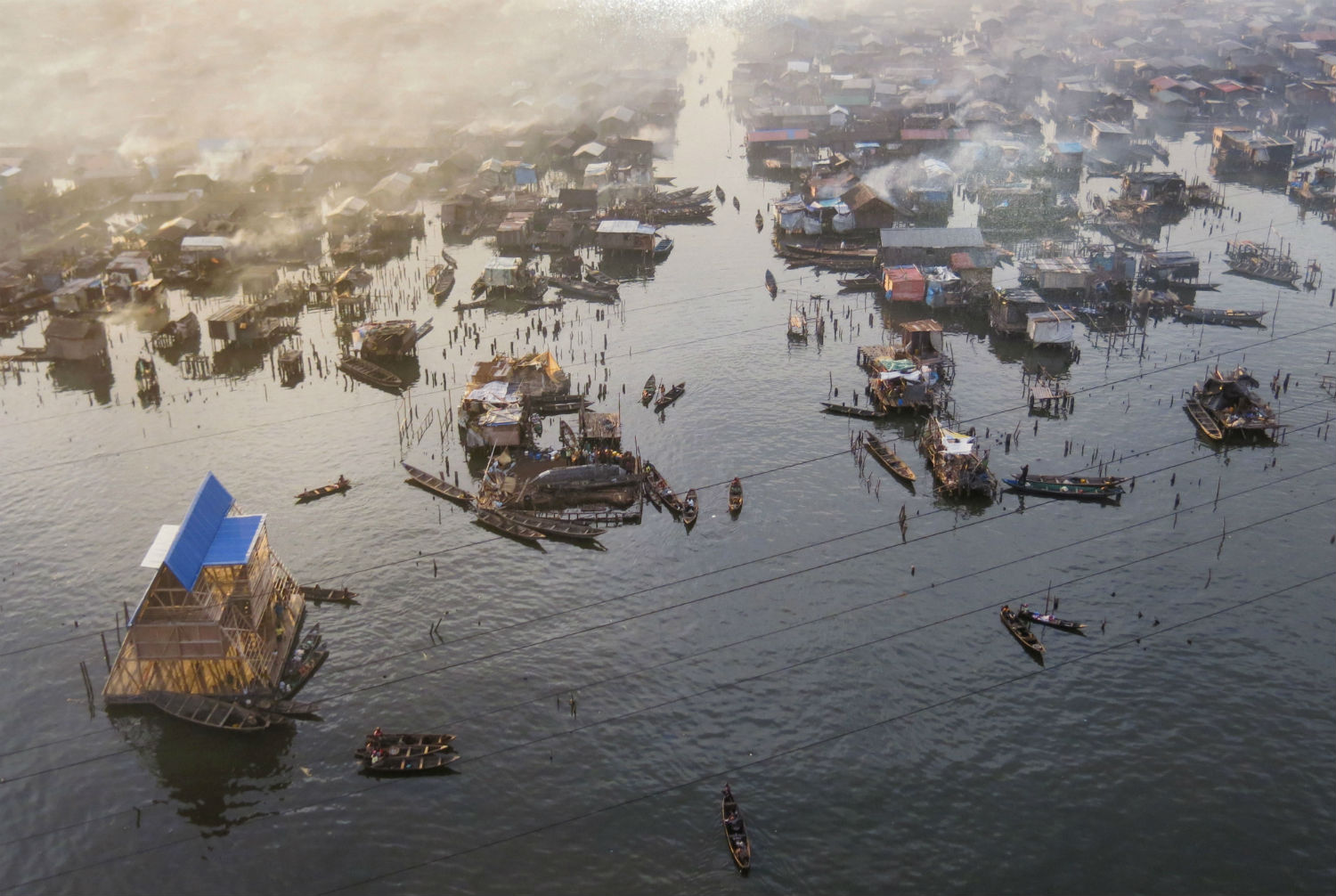


Makoko slum and finished floating school. Thousands of people live in this neighbourhood, which has grown incrementally over the centuries to create an informal but fully functioning settlement. The district is under threat from property speculators and regeneration schemes
Iwan Baan
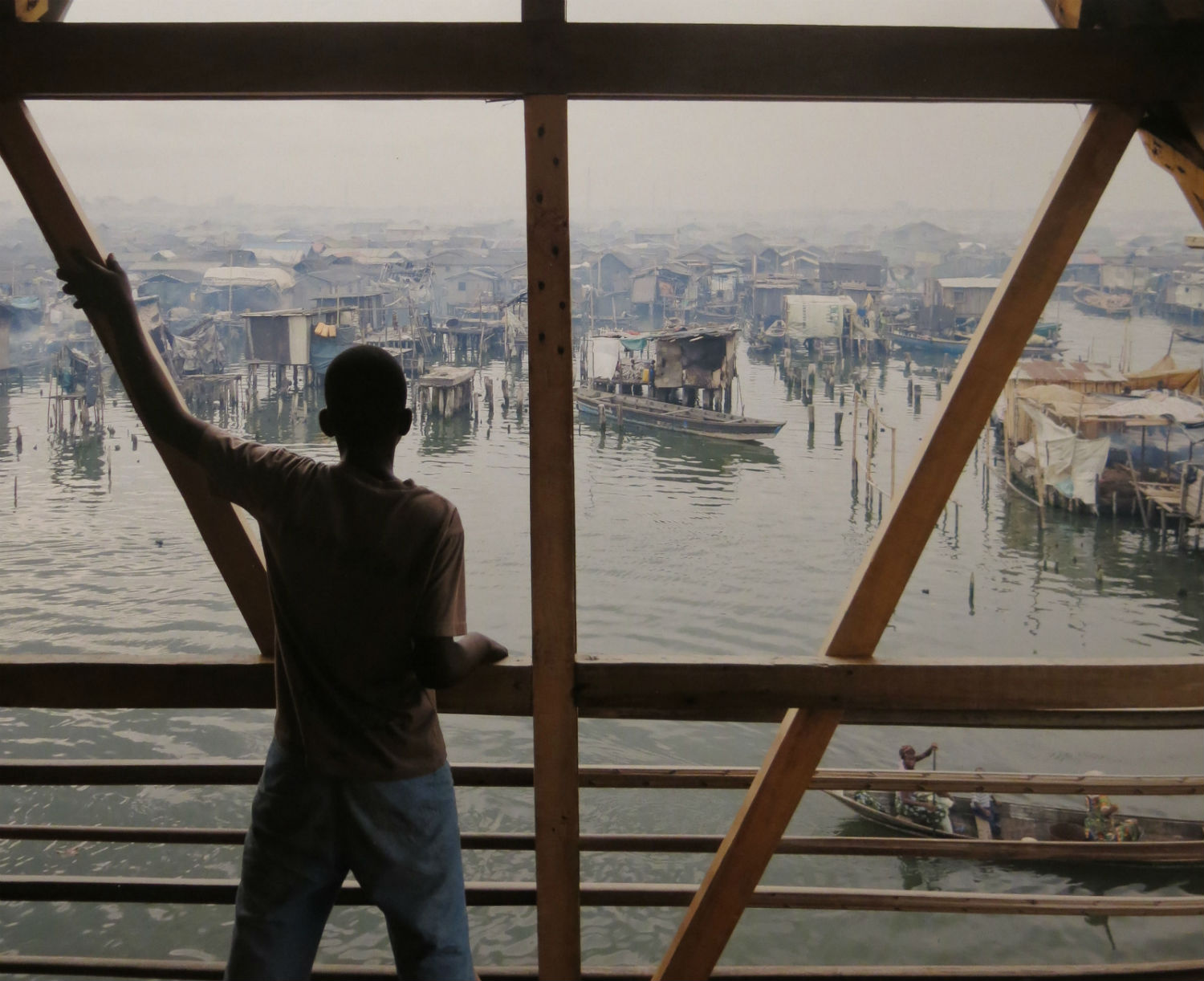


A young man looks out from the floating school. With a greater number of robust, flood-resistant structures in place, local people hope to withstand threats from government to evict and relocate them, and from property companies eager to drain the lagoon for land
Iwan Baan
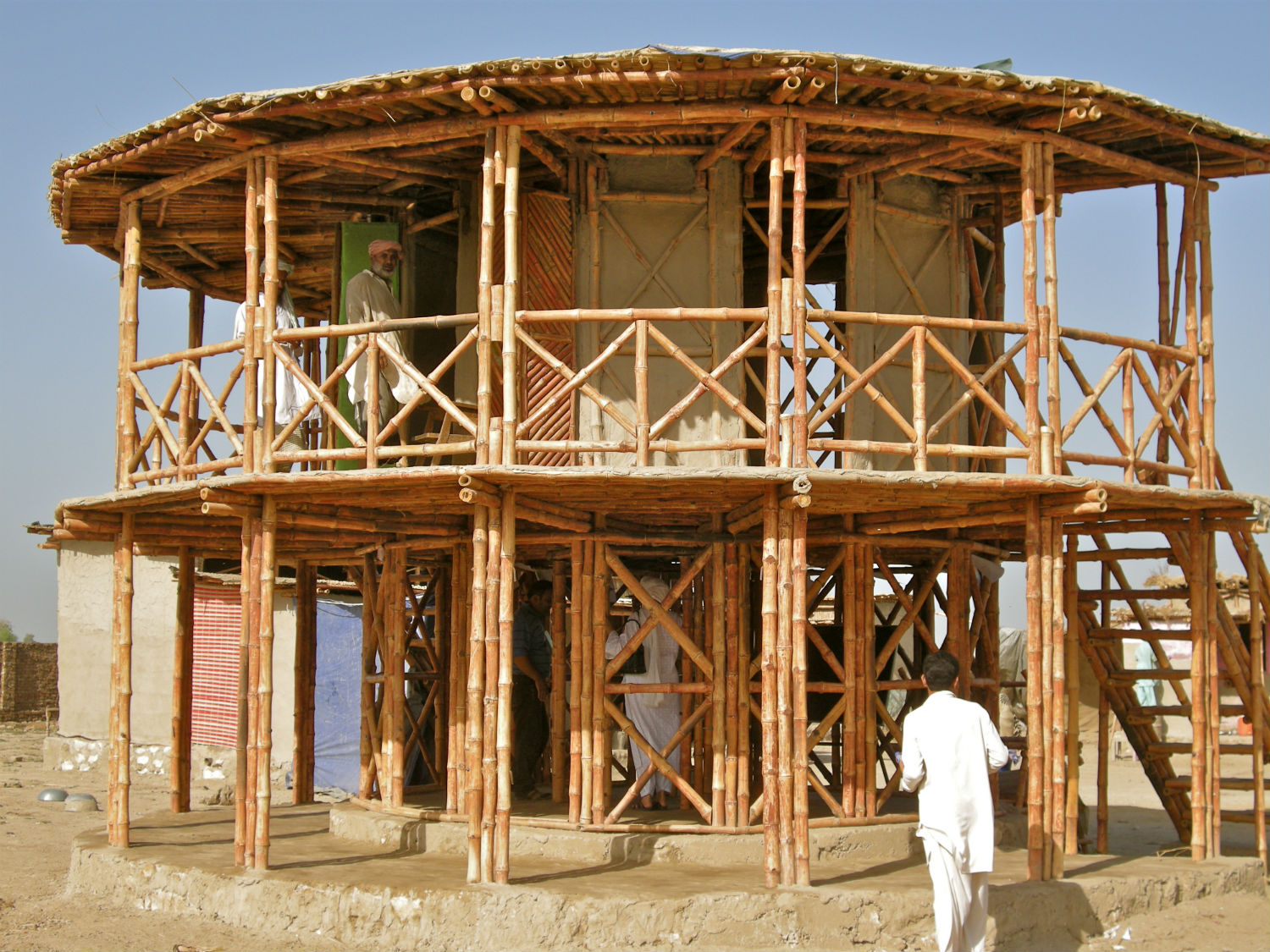


Pakistan is prone to earthquakes and floods. Pakistani architect Yasmeen Lari uses traditional building techniques, bamboo cross-bracing and local materials to create flood- and earthquake-resistant buildings such as this women’s shelter. She also involves local people in reconstruction
Heritage Foundation of Pakistan
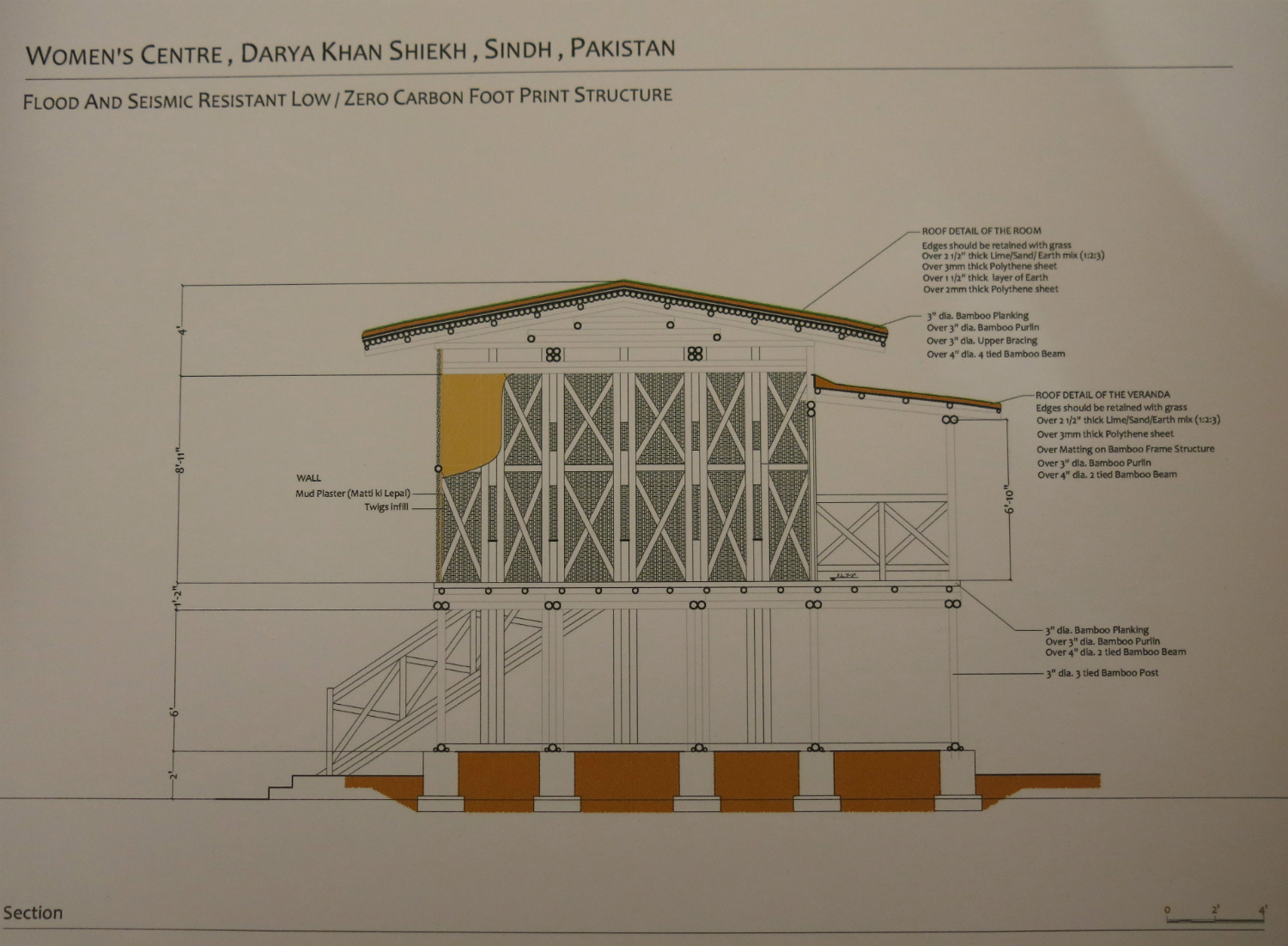


Meeting spaces such as the women’s centre are particularly important after disasters as they support the rebuilding of social fabric. As primary caregivers and household leaders, women are central to reconstruction and social cohesion. Since 2010, she has designed 45,000 relief structures including homes, schools and literacy centres
Heritage Foundation of Pakistan
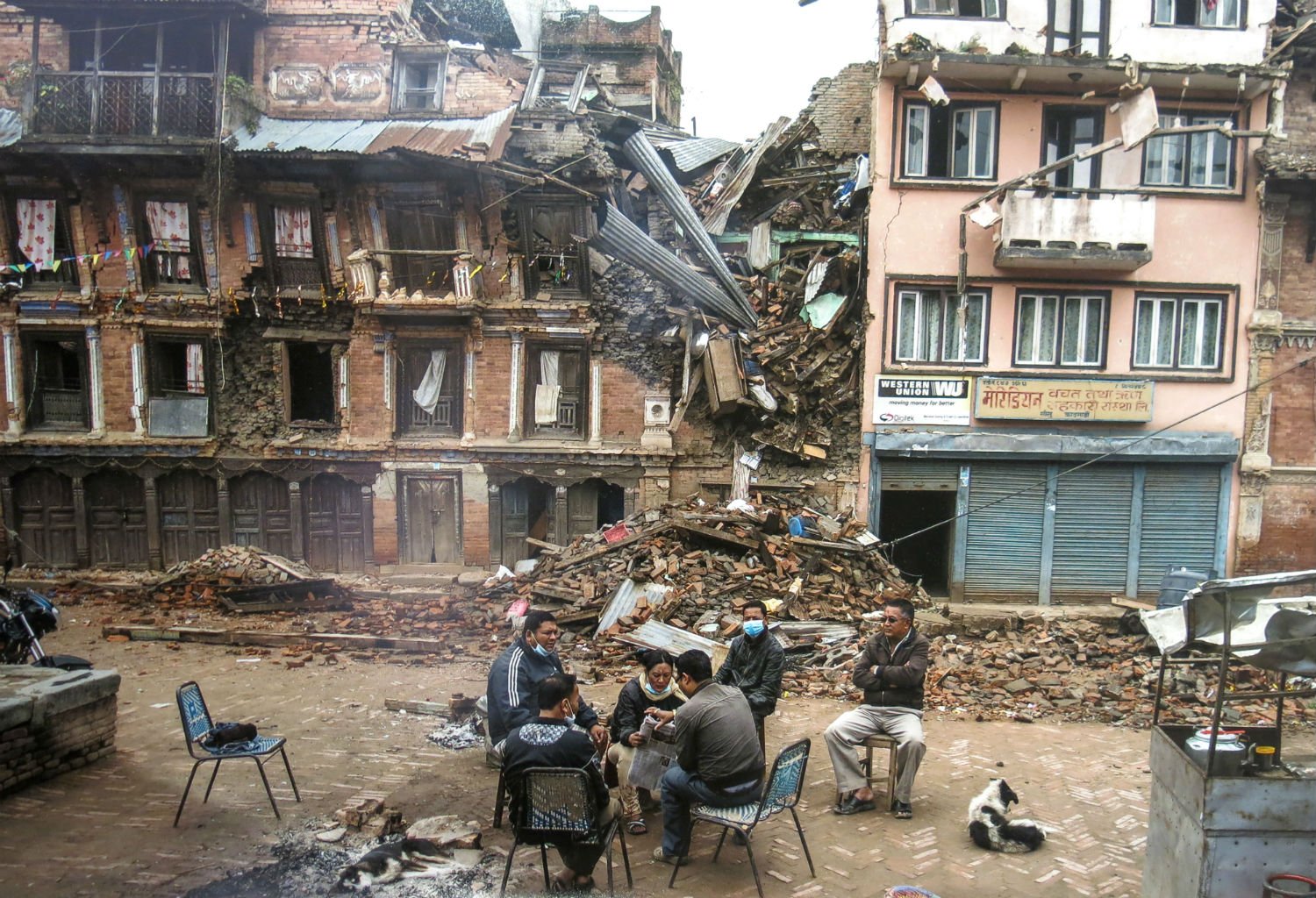


Last April, a massive earthquake struck Nepal, killing 8,000 people, injuring 25,000 and leaving hundreds of thousands homeless. Entire villages were destroyed, and in the winding streets and grand durbar squares of Nepal’s ancient, tightknit cities, the devastation was immense
Heritage Foundation of Pakistan
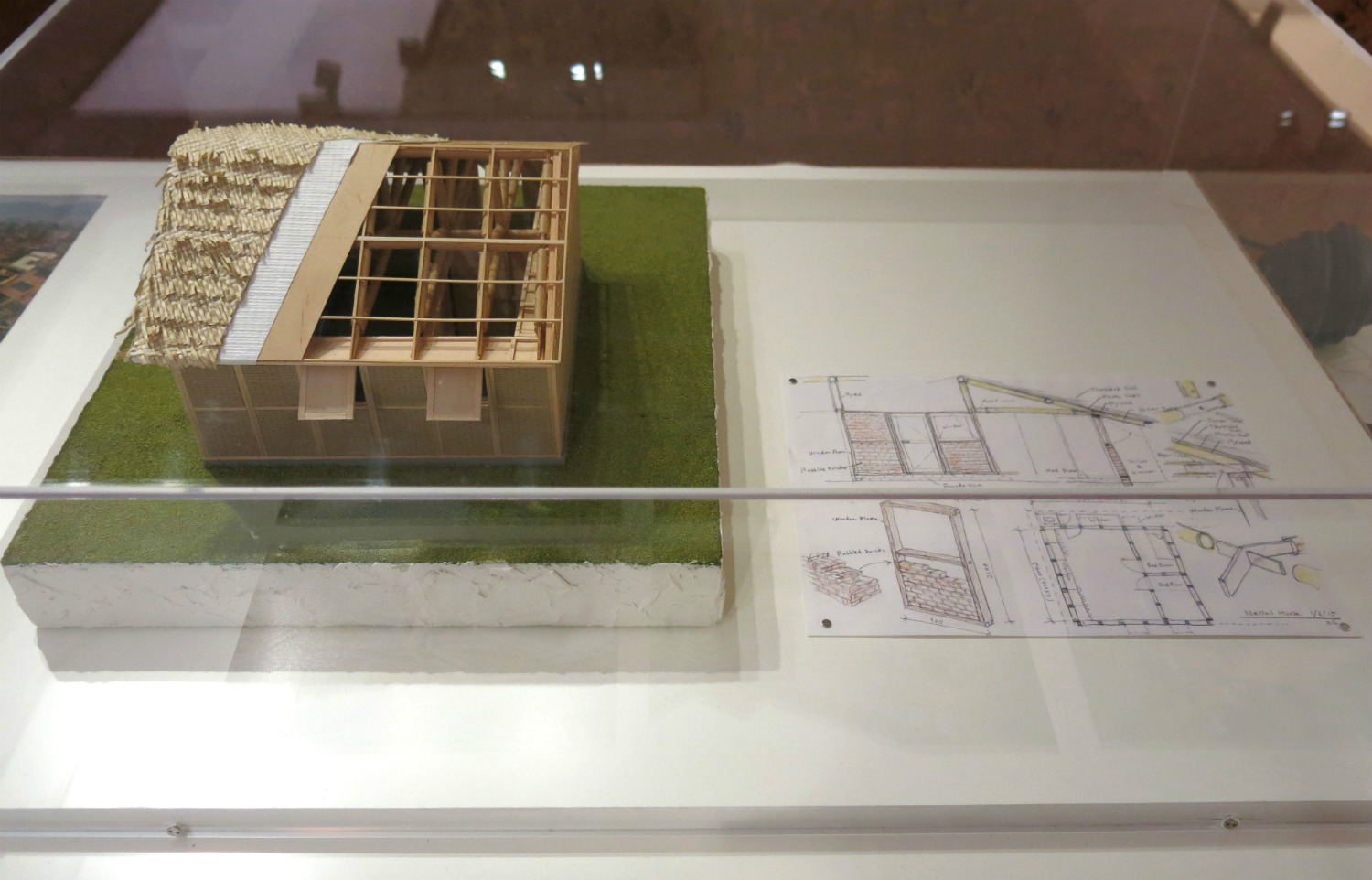


After the Nepal earthquake, Japanese architect Shigeru Ban designed an easy-to-assemble shelter for those made homeless. The design is inspired by traditional Nepali buildings that embed carved wooden frames within their brick walls. Ban noticed these had fared far better than those without wooden frames when the quake struck
Shigeru Ban/Voluntary Architects’ Network
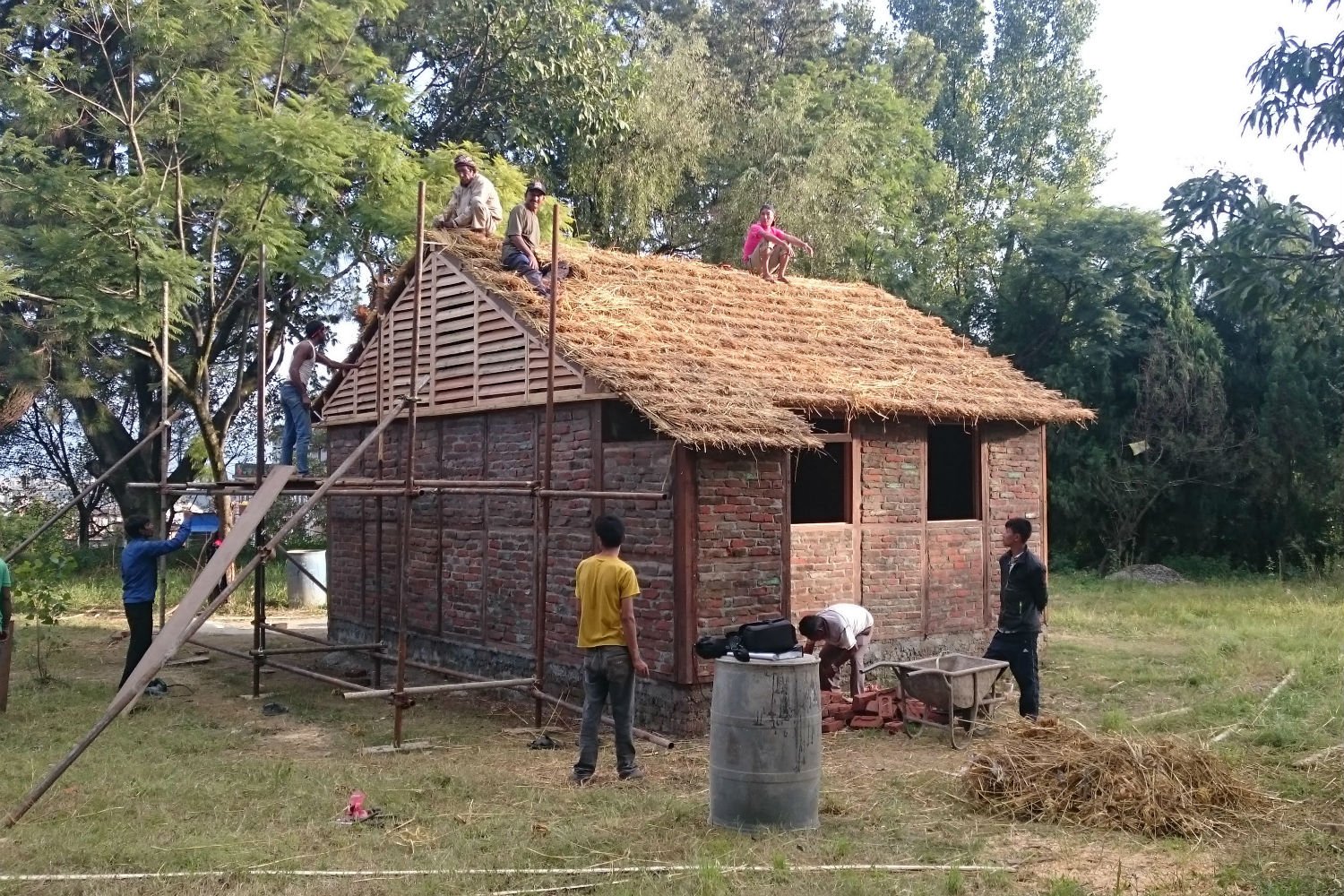


A disaster-resilient structure being built in Nepal. The wood-lattice frames are infilled with rubble left by the earthquake. The roof uses a robust truss system of cardboard tubes, and is thatched
Shigeru Ban/Voluntary Architects’ Network
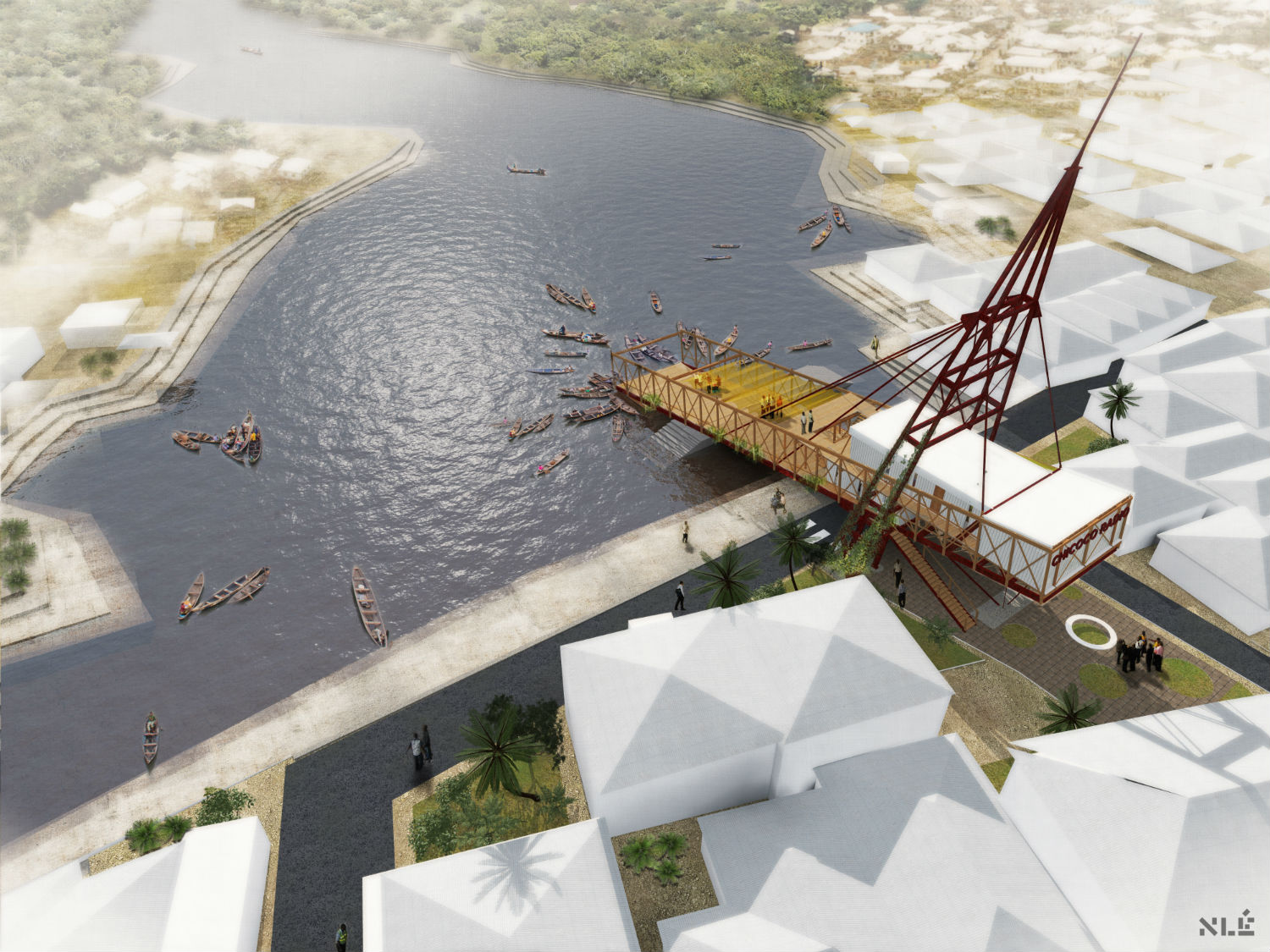


A visualisation of Chicoco radio station in Okrika, a port town within the southern Nigerian city of Port Harcourt. Half a million people live in settlements on the waterways fringing the estuary city. But flooding is now more frequent, rapid urbanisation has caused overcrowding and government demolition is a constant threat
Michael Uwemedimo/CMAP
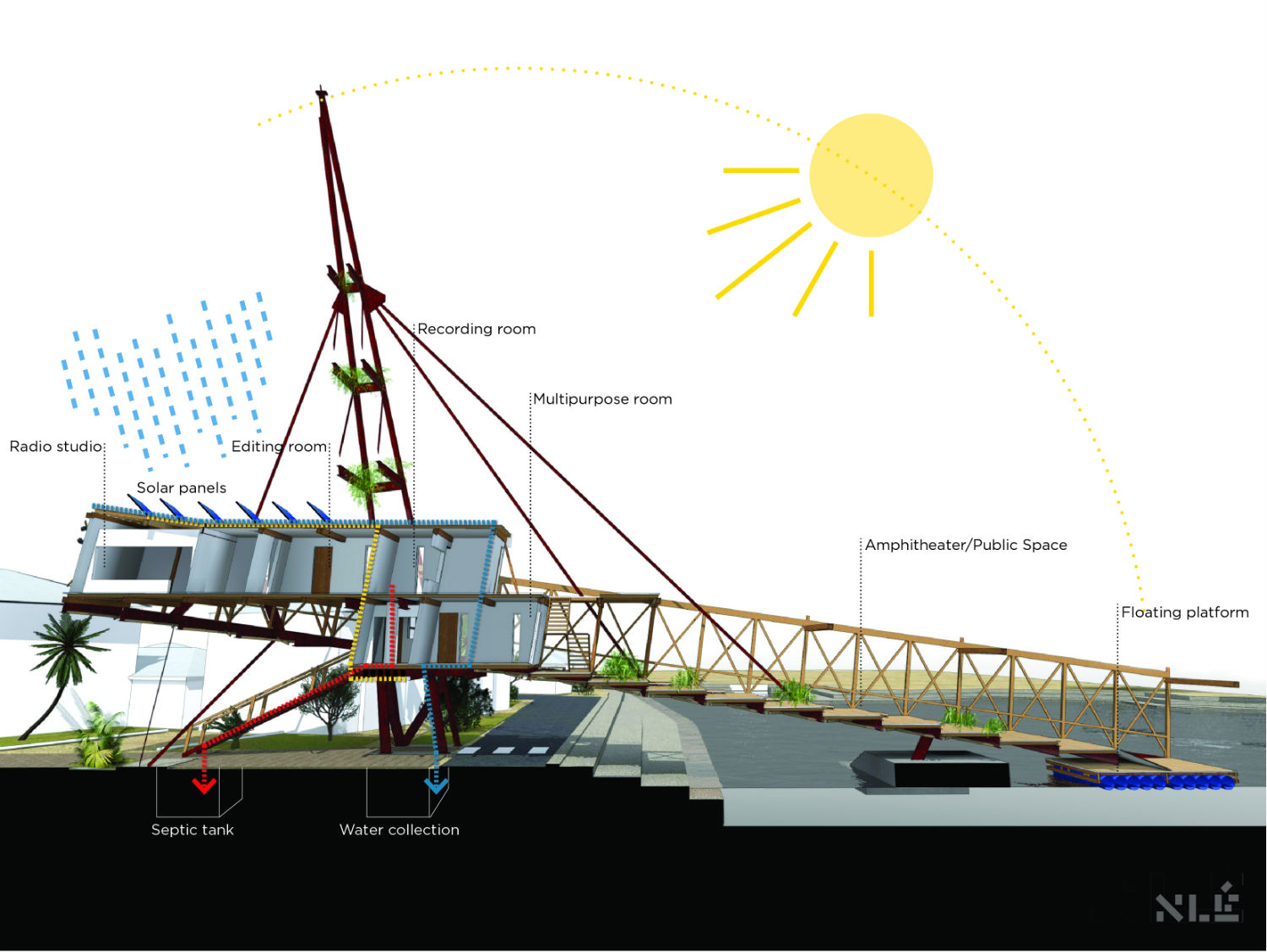


Through workshops, hundreds of local people have fed into the radio station’s design. The waterside part is a floating jetty that rises and falls with the tide. The design incorporates solar panels to power the station and a tank that collects rainwater.
NLE
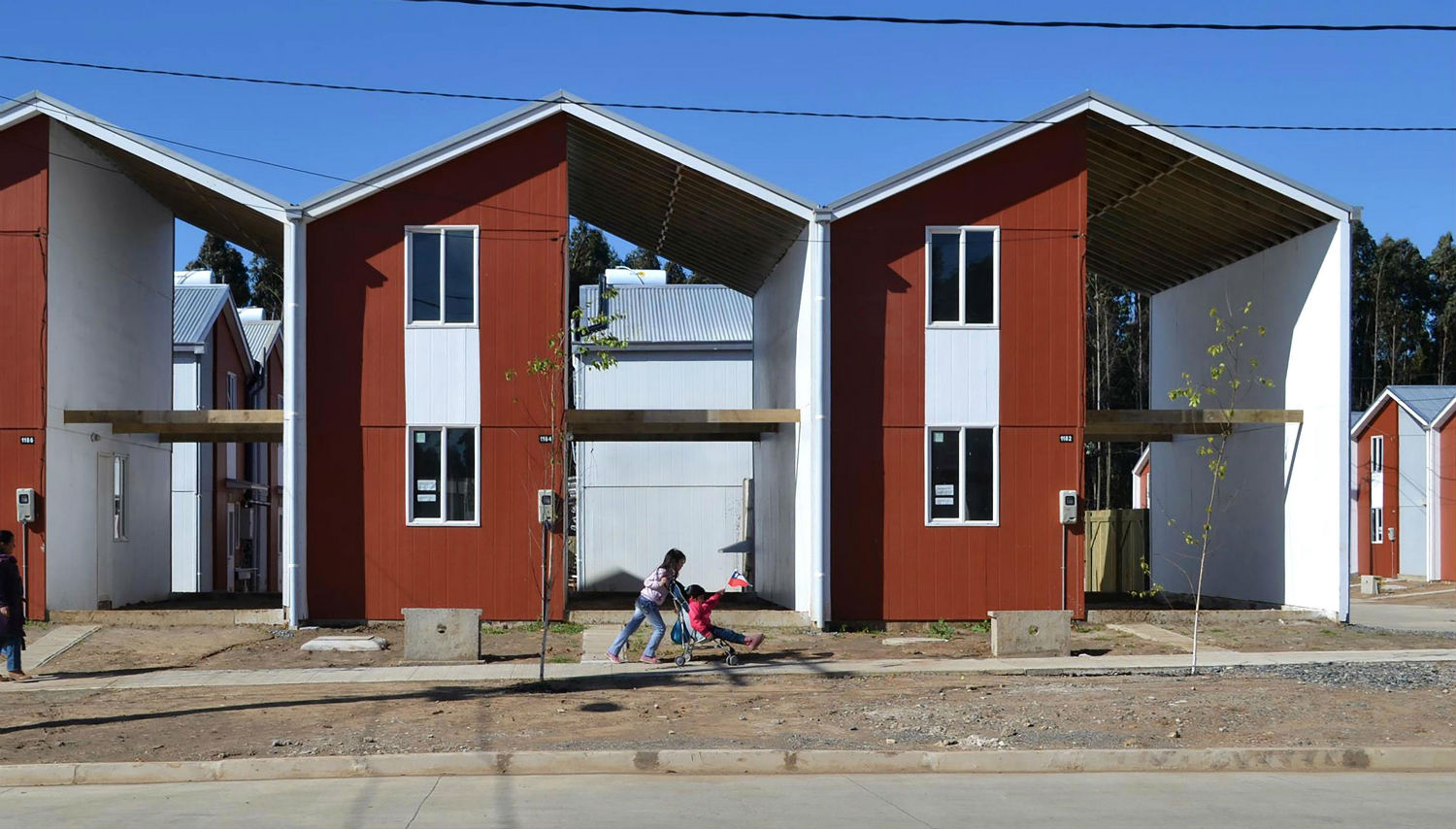


Chilean architect Alejandro Aravena uses a ‘half-built home’ technique to make strong, sustainable homes affordable to the poor and those displaced by disaster. With government subsidies, His firm provides the basic structure, and residents add to this as money allows. The bottom-up approach involves local people in the design
ELEMENTAL
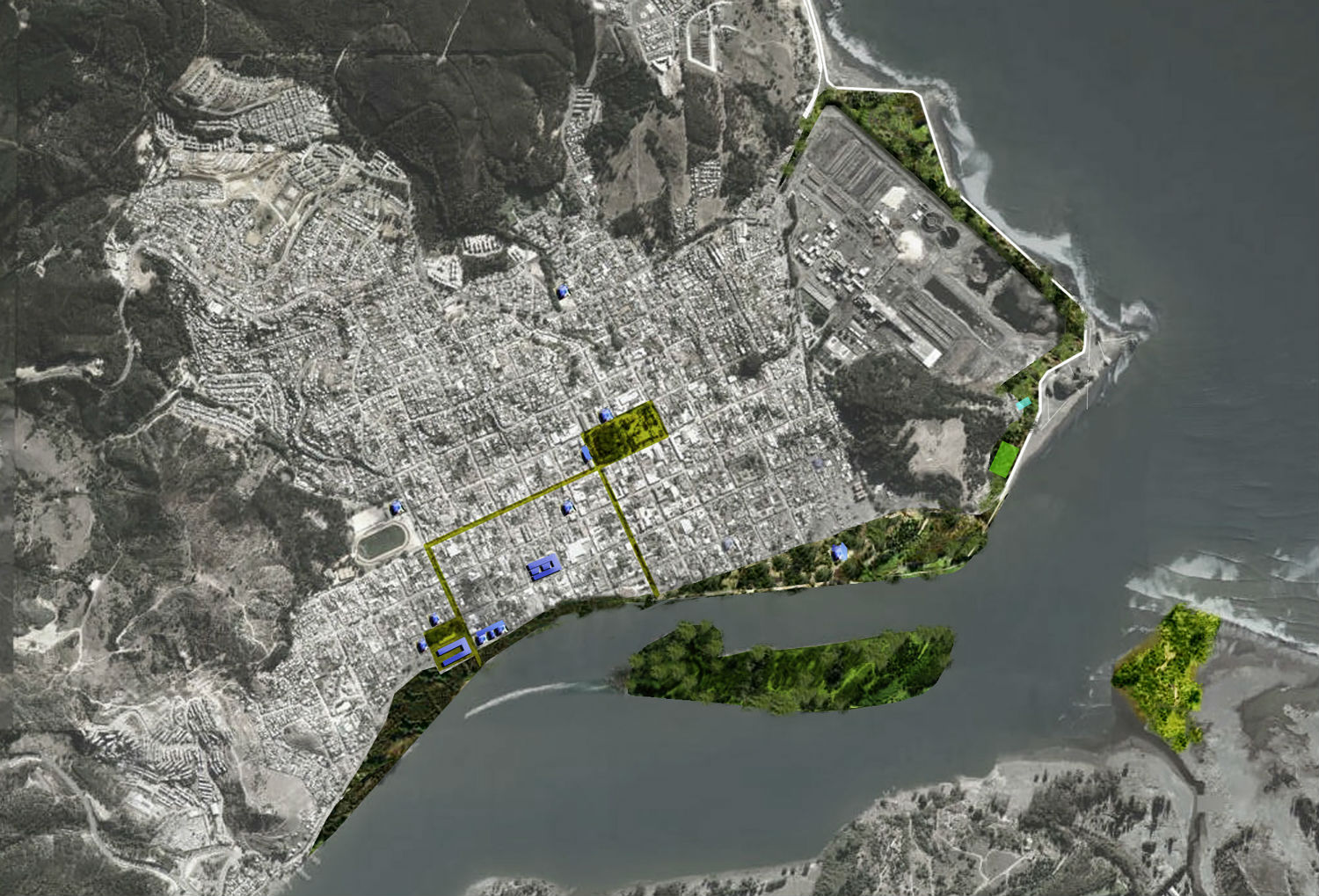


In February 2010, a huge earthquake and tsunami hit Chile, devastating the country and displacing thousands of people. The coastal city of Constitución was among the worst hit. This image shows post-tsunami reconstruction plans: growing trees along the coast creates a natural buffer against tsunamis
ELEMENTAL
By: Imogen Mathers
Send to a friend
The details you provide on this page will not be used to send unsolicited email, and will not be sold to a 3rd party. See privacy policy.
When disaster strikes, the impact on people and places can be devastating — increasingly so, as the world urbanises. But disasters like earthquakes and flooding also create space to renew, rebuild and rethink the kind of cities and environments we inhabit.
This is the idea behind Creation from catastrophe: How architecture rebuilds communities, an exhibition that opens today at the Royal Institute of British Architects, in London, United Kingdom. The exhibition charts the history of post-disaster architecture from seventeenth-century London to the flood- and earthquake-proof designs of present day Nepal, Nigeria and Pakistan. It reveals the evolution of the practice from the grand visions of the solitary architect to participatory work that puts people and sustainability at the heart of how we rebuild and perceive our cities.
Photographs, architectural drawings and scale models reveal the innovations being pioneered in countries across the global South — from Yasmeen Lari’s disaster-resilient buildings in Pakistan to flood-resistant floating schools in Nigeria.



